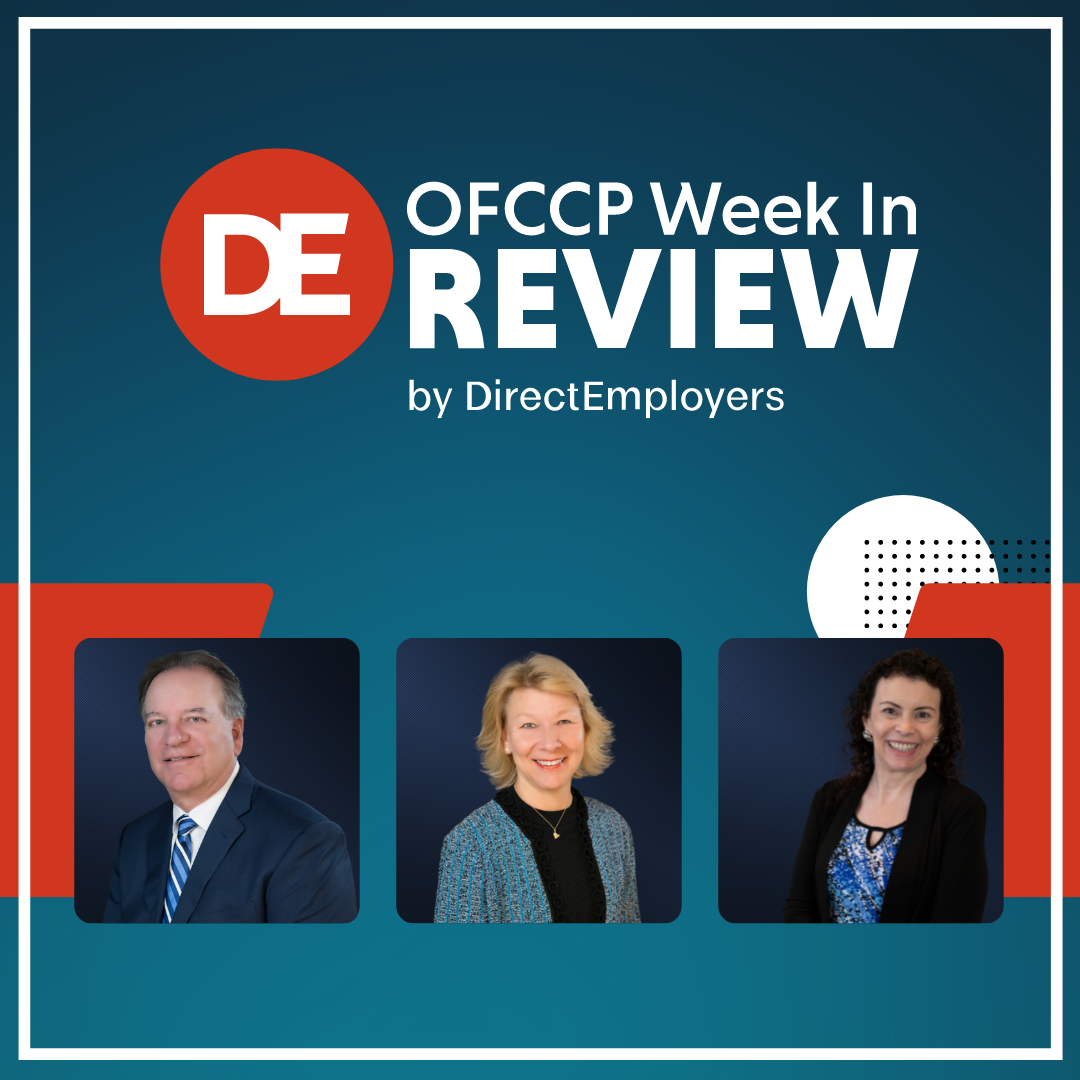 The DE OFCCP Week in Review (WIR) is a simple, fast and direct summary of relevant happenings in the OFCCP regulatory environment, authored by experts John C. Fox, Candee J. Chambers and Cynthia L. Hackerott. In today’s edition, they discuss:
The DE OFCCP Week in Review (WIR) is a simple, fast and direct summary of relevant happenings in the OFCCP regulatory environment, authored by experts John C. Fox, Candee J. Chambers and Cynthia L. Hackerott. In today’s edition, they discuss:
- House Approved Procedural Rule That Allows Legislative Amendments to Axe Specific Programs/Agencies or Agency Officials
- EEOC Requested Public Input on Its Draft FY 2023-2027 Strategic Enforcement Plan
- U.S. DOL & White House OMB Directed Federal Agencies to Designate Labor Advisors
- Another U.S. Court of Appeals Affirms the Injunction Against Implementation of the Federal Contractor COVID-19 Vaccine Mandate
- USDOL Adjusted Civil Monetary Penalties Per Inflation Adjustment Act
- USDOL & 8 Other Agencies Proposed a Controversial Joint Rule on Partnerships with Faith-Based and Neighborhood Organizations
- In Brief
- Looking Ahead: Upcoming Date Reminders
Monday, January 9, 2023: House Approved Procedural Rule That Allows Legislative Amendments to Axe Specific Programs/Agencies or Agency Officials
New Congressional Research Service Reports Explain “Holman Rule”
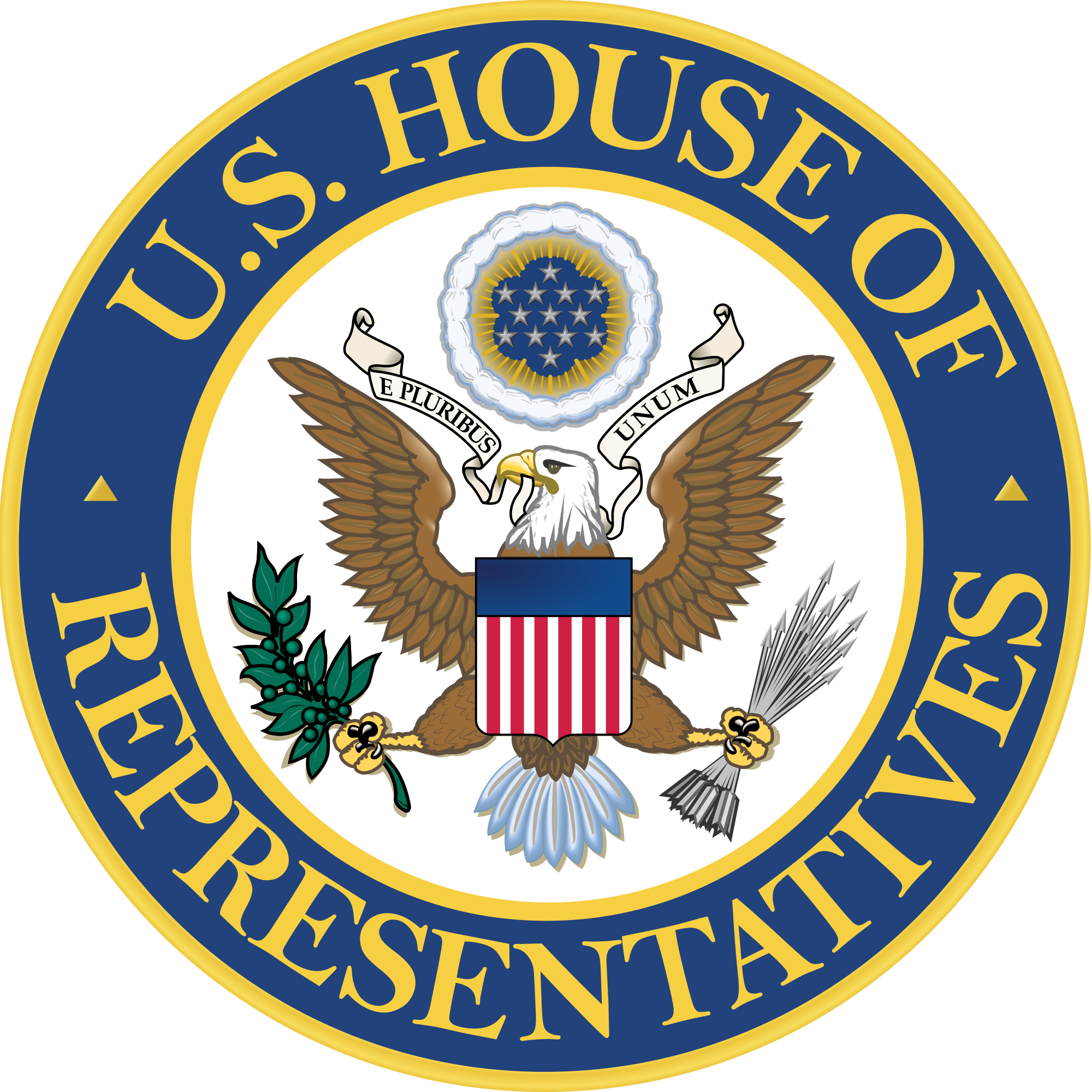
Two New CRS Reports Provided Background and Illustrated Possible Applications
Last week, we briefly explained how the Holman Rule works. Since then, the Congressional Research Service (CRS) issued two reports that elaborate on the Holman Rule. On Tuesday, the CRS issued “The Holman Rule (House Rule XXI, Clause 2(b)),” a six-page report that provides a history of this Rule in the House Rules and an analysis of precedents that illustrate possible applications. “Under current precedents, for a legislative provision or amendment to be in order, the legislative language in question must be both germane to other provisions in the measure and must produce a clear reduction of appropriations in that bill,” the report noted.
It further explained:
“The Holman rule [] is intended to apply only when an obvious reduction of funds in a general appropriations bill is achieved by the provision in question, such as the cessation of specific government activities, or through a specific reduction of total appropriations in the bill. In addition, the exception does not apply to limitations (on the grounds that such language is not legislative) or legislative language unaccompanied by a reduction of funds in the bill. Legislation that is too broad has also typically not been allowed under the Holman rule exception. The House has held, for example, that a provision that stated no part of an appropriation could be expended for a specific, designated purpose qualified as a retrenchment. However, a proposal that effectively repealed the law under which appropriations for that purpose were authorized was held not to come within the exception. In another case, the House held that even when a provision does reduce expenditures, it may not be accompanied by additional legislative provisions not directly contributing to the reduction.” [citations omitted]
“When discussing the application of rules and precedents, it is important to note that the House Parliamentarian is the sole definitive authority on questions relating to the chamber’s precedents and procedures and should be consulted if a formal opinion on any specific parliamentary question is desired,” the report cautioned.
On Thursday, the CRS published a seven-page report on “Changes to House Rules Affecting the Congressional Budget Process Included in H.Res. 5 (118th Congress).” That report discusses the Holman Rule briefly on pages 4-5. Of note, it explains:
“Precedents from before the 98th Congress [1983-1985] may be useful for understanding what legislative language may qualify for inclusion in an appropriations bill under the Holman rule. The Holman rule applies only when an obvious reduction of funds in a general appropriations bill is achieved by a legislative provision, such as the cessation of specific government activities, a specific reduction of federal employees, a consolidation or elimination of offices, a reduction in pay for a class of employees, or a specific reduction of total appropriations in the bill. The rule does not allow for retrenchments that would be applicable to funds other than those appropriated in the pending general appropriations bill. In addition, the requirement for germaneness would likely prohibit legislative provisions that would expand the scope of the bill.”
Tuesday, January 10, 2023: EEOC Requested Public Input on Its Draft FY 2023-2027 Strategic Enforcement Plan

Last fall, the Commission held a series of three listening sessions to receive public input on the SEP. In October, we reported that the Commission voted unanimously to publish its draft SEP in the Federal Register and for public feedback. Additional background on the SEP is available here.
Section C of the SEP details the agency’s Subject Matter Priorities, which are:
- Eliminating Barriers in Recruitment and Hiring (sounds like OFCCP’s turf especially since the EEOC receives very few failure-to-hire Charges)
- Protecting Vulnerable Workers and Persons From Underserved Communities From Employment Discrimination
- Addressing Selected Emerging and Developing Issues
- Preserving Access to the Legal System
- Advancing Equal Pay for All Workers
- Preventing and Remedying Systemic Harassment
“This SEP updates and refines the EEOC’s subject matter priorities to reflect progress in achieving the EEOC’s vision of fair and inclusive workplaces with equal opportunity for all, while also recognizing the significant challenges that remain in making that vision a reality,” the agency stated in the document. Among other changes, the draft SEP:
- Expands the “vulnerable” and “underserved” worker priority to include additional categories of workers who may be unaware of their rights under equal employment opportunity laws, may be reluctant or unable to exercise their legally protected rights, or have historically been underserved by federal employment discrimination protections—such as people with intellectual and developmental disabilities, individuals with arrest or conviction records, LGBTQI+ individuals, temporary workers, older workers, individuals employed in low-wage jobs, and persons with limited literacy or English proficiency;
- Refines the recruitment and hiring priority to include limiting access to on-the-job training, pre-apprenticeship or apprenticeship programs, temp-to-hire positions, internships, or other job training or advancement opportunities based on protected status;
- Recognizes employers’ increasing use of automated systems, including artificial intelligence or machine learning, to target job advertisements, recruit applicants, and make or assist in hiring decisions;
- Updates the emerging and developing issues priority to include employment discrimination associated with (1) the COVID-19 pandemic and other threats to public health, (2) violations of the newly enacted Pregnant Workers Fairness Act of 2022, and (3) technology-related employment discrimination; and
- Preserves access to the legal system by focusing on overly broad waivers, releases, non-disclosure agreements, or non-disparagement agreements.
SEP Not to Be Confused with Separate Strategic Plan Document
The EEOC also publishes a Strategic Plan (SP), which is a separate document different from the Strategic Enforcement Plan (SEP). The EEOC’s SP provides a framework for the EEOC’s strategic application of its enforcement activities. The SP directs the agency’s work and lays the foundation for the development of more detailed annual plans, budgets, and related program performance information in the future. The EEOC is currently operating under the Strategic Plan for FYs 2018-2022.
In November, we reported that the EEOC published a notice in the Federal Register, to formally request public comments on the agency’s 33-page draft of its Strategic Plan for FYs 2022-2026. The comment period on the SP closed on December 5, 2022. The agency has reviewed those comments and is now finalizing the SP, according to a January 10 agency press release.
Tuesday, January 10, 2023: U.S. DOL & White House OMB Directed Federal Agencies to Designate Labor Advisors
Advisors Responsible For Improving Federal Contractors’ Compliance with Labor Laws
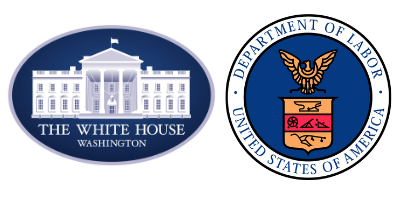
How We Got Here
“For many years, the Federal Acquisition Regulation (FAR) has identified certain responsibilities to be performed by the agency labor advisor, but there is no Government-wide guidance addressing the designation of these individuals,” the five-page joint memo explained [citation omitted]. On April 26, 2021, President Biden issued Executive Order (E.O.) 14025 on “Worker Organizing and Empowerment” which created a Task Force of more than 20 Cabinet Members, chaired by Vice-President Kamala Harris. (See our story on the E.O. here). “The Task Force observed that several agencies do not have labor advisors, and there is no current mechanism to support training or coordination of these individuals,” according to the memo. Therefore, the Task Force recommended “that: (i) labor advisors be designated at all Federal agencies, and (ii) greater attention be given to the need for training of—and coordination among—agency labor advisors.”
What Are Labor Advisors?
Footnote 5 of the joint memo explains the duties of Agency Labor Advisors:
“FAR § 22.001 defines the term “agency labor advisor” as an individual responsible for advising contracting agency officials on Federal contract labor matters. The FAR makes specific reference to agency labor advisors in carrying out or supporting certain activities. For example, FAR 22.1003-7 requires the contracting officer to request the advice of the agency labor advisor in addressing questions concerning the applicability of the Service Contract Act. FAR 22.1013 requires the contracting officer to contact the agency labor advisor to consider requesting a hearing at [the Department of Labor’s (DOL)] Wage and Hour Division if wages, fringe benefits, or periodic increases provided for in a collective bargaining agreement vary substantially from those prevailing for similar services in the locality.”
Page 3 of the memo provides further details on the duties of Labor Advisors. Among other responsibilities, they will serve as a liaison to contract officers and agency officials at USDOL’s OFCCP, Wage and Hour Division, and the Occupational Safety and Health Administration, as well as the National Labor Relations Board and the U.S. Equal Employment Opportunity Commission. They will also partner with agency industry liaisons to coordinate assistance for agency contractors seeking help in addressing and preventing labor violations.
Agencies Must Have Labor Advisors in Place by February 15
The covered agencies must advise the USDOL of the name and contact information of their designation or confirm the name of the agency’s existing labor advisor(s) to laboradvisors@dol.gov not later than February 15, 2023. The DOL intends to publicize the name of each agency’s labor advisor(s) on its website and on the System for Award Management (SAM.gov) as a resource for contracting agencies and the public.
Contract Labor Advisor Group
Further, the memo requires the DOL and the Office of Federal Procurement Policy within the Office of Management and Budget (OMB) to establish and jointly manage a Contract Labor Advisor Group (CLAG) that will meet at least quarterly. This group will operate as an interagency working group of labor advisors and acquisition personnel “to promote better understanding and implementation of contract labor laws and improved communication across agencies in support of a strengthened Federal contracting base,” the memo stated. The CLAG will invite representatives from the Chief Acquisition Officers Council (CAOC) and the Small Business Procurement Advisory Council (SBPAC) to participate as advisors, and additional members or advisors may be added as appropriate.
The CLAG’s responsibilities are detailed on pages 4-5 of the memo. They include: (1) advocating for effective implementation practices for contract labor laws, (2) making recommendations to the DOL and the OMB for contract labor improvements; (3) providing input when the DOL develops regulations applying contract labor laws to the federal acquisition system; and (4) providing a community of practice for labor advisors, ensuring they have the latest training.
Thursday, January 12, 2023: Another U.S. Court of Appeals Affirms the Injunction Against Implementation of the Federal Contractor COVID-19 Vaccine Mandate

The Sixth Circuit agreed with the lower court’s decision and found that the proposed COVID-19 vaccine mandate on federal contractors exceeded the President’s authority under the Federal Property and Administrative Services Act of 1949 (the “Property Act”). In analyzing the government’s arguments that certain sections of the Property Act granted the President power to implement the mandate, the Sixth Circuit found that the government’s argument (a) ignored the limits inherent in the Property Act and (b) that the government’s position boiled down to an “anything goes” argument. Furthermore, the government’s approach did not comport with common sense as to the way Congress could delegate such power to the President. Finally, the Sixth Circuit noted that the Property Act authorized the President to implement systems related to the efficiency of government contracting, not the efficiency of federal contractors in operating (which the government argued was the purpose of the vaccine mandate).
The only change the Sixth Circuit made to the lower court ruling was to limit the injunction to the actual plaintiffs in the suit. The Sixth Circuit determined that the District Court had abused its discretion by prohibiting the federal government from enforcing the mandate as to other federal contractors in Kentucky, Ohio, and Tennessee not before the Court as parties to the litigation. The Sixth Circuit held the plaintiff-states failed to show a broader injunction was necessary to preclude the federal government from picking and choosing who to do business with as federal contractors.
Additionally, the Sixth Circuit found that a state law that the District Court had relied upon to expand its injunction to include non-parties contained exemptions that protected other federal contractors. Therefore, there was no conflict between the federal vaccine mandate and the state law, and the court injunction was thus unnecessary as to these “other” federal contractors not before the Court.
While the ruling now lifts the injunction imposed on the vaccine mandate as applied to federal contractors in Kentucky, Ohio, and Tennessee who were not involved in the successful lawsuit, federal contractors in those states nonetheless need not worry about implementing the vaccination mandate. In deference to the unpopularity of his COVID-19 vaccination mandates, the Biden Administration is continuing to freeze the issuance of enforcement guidance as to federal contractors not protected by a court injunction stopping the vaccination mandate as applied to them. In the absence of such guidance, federal government efforts to compel federal contractors to get on the vaccination bandwagon are stalled, indefinitely.
This ruling is yet another marker on the road towards the elimination of the federal government COVID-19 vaccine mandates, as we previously suggested would occur (other than as to healthcare facilities the federal government pays to deliver Medicare & Medicaid Services). This decision now joins the recent Fifth Circuit’s (New Orleans) ruling a few weeks ago affirming a lower court’s judgment (discussed here) and the U.S. Congress’s elimination of the COVID-19 vaccine mandate as to military personnel as further evidence of the country’s antipathy to the federal government’s COVID-19 vaccination mandates.
Friday, January 13, 2023: USDOL Adjusted Civil Monetary Penalties Per Inflation Adjustment Act
Penalty percent increases are hefty at 7.7%
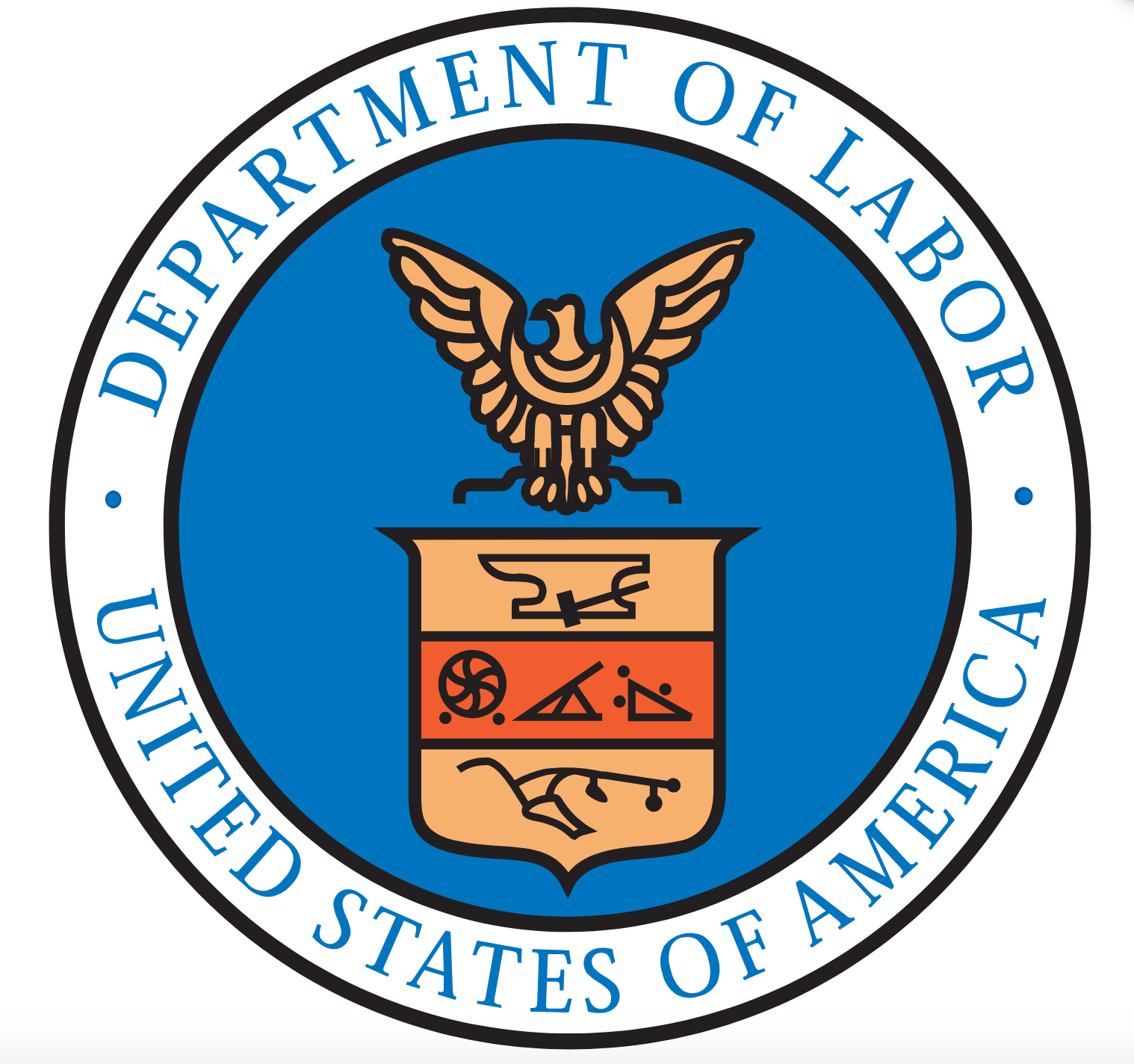
The Final Rule takes effect on January 15, 2023. The penalty levels that the Inflation Adjustment Act caused to increase will apply to all penalties (a) the affected enforcement agency assesses after January 15, 2023, and (b) whose associated violations occurred after the applicable dates listed in the Final Rule.
The Inflation Adjustment Act requires certain agencies (not including OFCCP which has no penalty structure) to adjust some of the civil monetary penalties (and provides a cost-of-living formula) depending on the statute in question and notwithstanding the requirement in Section 553 of the Administrative Procedure Act otherwise requiring Rulemaking (public notice and the solicitation of comments from the public).
Applicable Agencies
The five affected DOL Agencies that issue civil money penalties include:
- Employment and Training Administration
- Workers Compensation Programs Office
- Wage and Hour Division
- Occupational Safety and Health Administration
- Mine Safety and Health Administration
The 13-page Final Rule lists the revised rates by Agency and statute beginning on page 2214 in the PDF version of the Federal Register notice. For those who want to compare the new rates to last year’s adjustments, the 2022 revised rates by Agency and statute begin on page 2332 in the PDF version of last year’s notice.
Friday, January 13, 2023: USDOL & 8 Other Agencies Proposed a Controversial Joint Rule on Partnerships with Faith-Based and Neighborhood Organizations
Proposed Rule would exalt LGBTQ rights under Title VII over Title VII claims of religious protection
Title VII’s interplay with First Amendment and statutory religious protections not addressed

Comments on the proposal are due by Tuesday, March 14, 2023, and can be submitted here.
How We Got Here
The agencies that published the NPRM in the Federal Register are the DOL, the Justice Department, the Education Department, the Homeland Security Department, the Agriculture Department, the Agency for International Development, the Housing and Urban Development Department, the Veterans Affairs Department, and the Health and Human Services (HHS) Department. The NPRM is based on President Biden’s Executive Order (E.O.) 14015 of February 14, 2021: “Establishment of the White House Office of Faith-Based and Neighborhood Partnerships.” More information on the White House Office of Faith-Based and Neighborhood Partnerships is available here.
President Biden’s E.O. 14015 revoked President Trump’s E.O. 13831 of May 3, 2018. On December 17, 2020 during the waning days of the Trump Administration, the affected agencies had issued a Final Rule to enforce Trump’s E.O. 13831 (the “2020 Rule.”) While President Biden had rescinded the Trump Executive Order, the nine federal agencies affected by the Trump Executive Order are now addressing the Trump 2020 Rule they had earlier issued to implement the Trump Executive Order.
Protections for Beneficiaries
According to an HHS press release on the proposal, the proposed Rule “will protect beneficiaries by taking steps such as:
- Requiring federal grantees that administer social service programs within the United States to notify beneficiaries of their right to be free from discrimination on the basis of religion.
- Making clear that all covered social service programs―both those supported by vouchers and by grants―may not discriminate against beneficiaries on the basis of their religion.
- Encouraging governmental agencies that fund domestic programs to help beneficiaries identify alternative federally funded service providers in their area, including providers that are more compatible with their beliefs, when beneficiaries request such alternatives.”
Gauntlet thrown down; battle lines set: Title VII’s sex discrimination protections to trump its religious protections
A statute divided against itself
Section D of the proposal discusses Title VII. In the Trump Administration’s 2020 Rule, the applicable agencies added text indicating that the Title VII religious exemption allows hiring of persons on the basis of their “acceptance of or adherence to religious tenets of the organization.”
As to this point, the agencies state in the NPRM:
“The Title VII religious exemption generally allows qualifying religious organizations to hire only people of a particular religion in the absence of any inconsistent statutes, but as numerous courts have held, the Title VII religious exemption does not permit such organizations to discriminate against workers on the basis of another protected classification, even when an employer takes such action for sincere reasons related to its religious tenets (such as those that might amount to discrimination on the basis of employees’ sex). The 2020 Rule added text that could mistakenly suggest that Title VII permits religious organizations that qualify for the Title VII religious exemption to insist upon tenets-based employment conditions that would otherwise violate Title VII or the particular underlying funding statute in question. Those Agencies that added the text on religious tenets in the 2020 Rule therefore propose to remove that language because it is unnecessary and potentially misleading.”
“Title VII itself, the case law interpreting the statute, and the terms of program-specific statutes provide the controlling standards for when and to what extent Title VII’s religious exemption should apply. Constitutional doctrines might also be implicated in some cases. For example, antidiscrimination laws, including Title VII, are subject to constitutional limitations as applied to certain decisions by some religious organizations concerning their “ministerial” employees. [fn10] And the Agencies must be careful not to unduly interrogate the plausibility of the religious justification in assessing whether a religious tenets claim is a pretext for some other, impermissible form of employment discrimination. In addition, as the Supreme Court recently recognized, “how these doctrines protecting religious liberty interact with Title VII are questions for future cases.” [citing Bostock v. Clayton County, 140 S. Ct. 1731 (2020)].” [other citations omitted].
In Brief
Friday, January 13, 2023: U.S. DHS Announced Process Enhancements Supporting Labor Enforcement Deferred Action Investigations
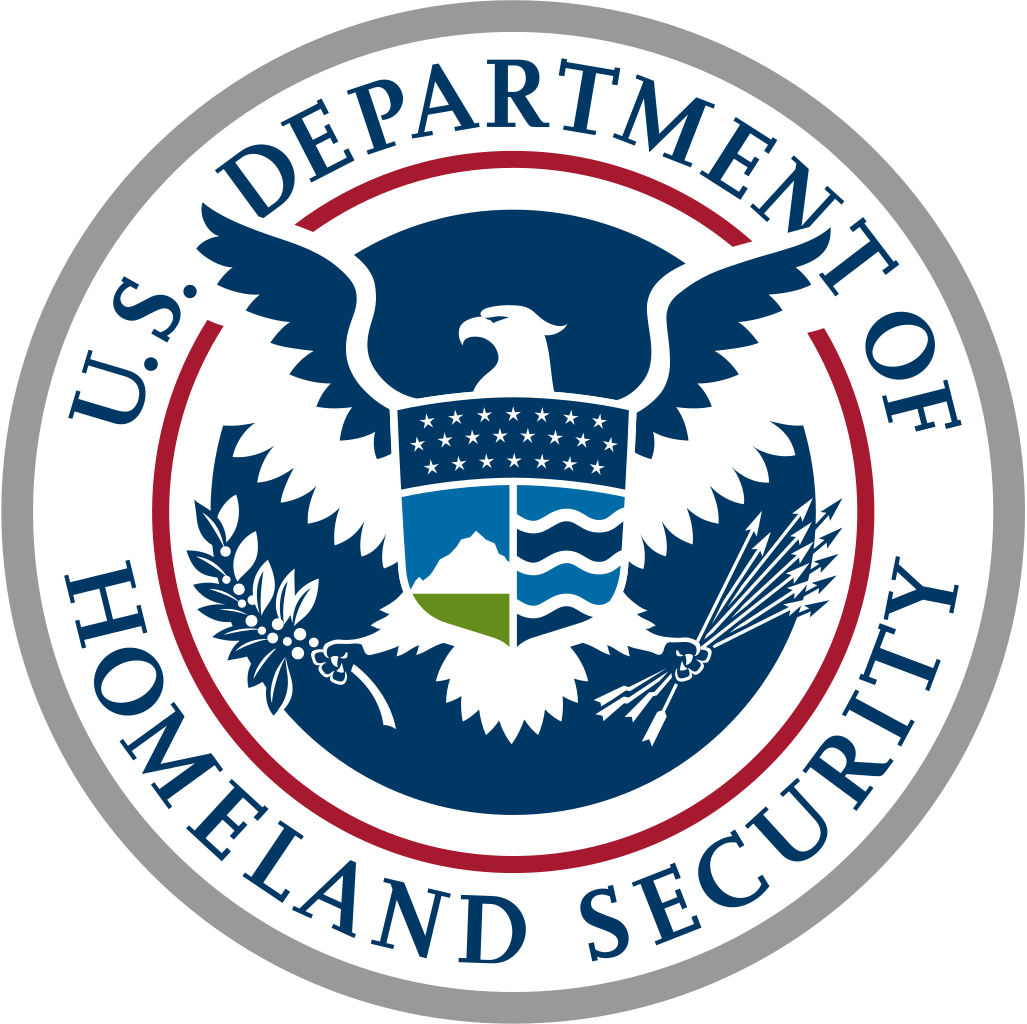
DHS provided new guidance to labor enforcement agencies regarding processes to seek deferred action for certain workers. (National Labor Relations Board General Counsel Jennifer Abruzzo, one of the prime movers who had sought this authority, issued a statement in support of DHS’ action.) In addition, DHS will provide for a single intake point for deferred action requests from noncitizen workers that are supported by labor enforcement agencies. The centralized intake process will allow DHS to efficiently review these time-sensitive requests, provide additional security to eligible workers on a case-by-case basis, and more robustly support the mission of labor agencies, DHS’ announcement explained. More details about the updated process are here.
Looking Ahead:
Upcoming Date Reminders
Tuesday, January 17, 2023: Comments due on OFCCP’s Proposed Changes to Disability Self-Identification Form to Update Preferred Language for Specific Disabilities – https://www.regulations.gov/commenton/OFCCP-2022-0003-0004
Thursday, January 19, 2023 (2:00 – pm ET): DE Masterclass Employment Law Roundtable | Compliance Best Practices – Register here
Friday, January 20, 2023: Deadline to submit comments on OFCCP’s Proposed Changes to Its Supply & Service Contractor ICRs, Including Use of Portal to Submit Revised Scheduling Letter & Revised Itemized Listing Responses – https://www.regulations.gov/commenton/OFCCP-2022-0004-0001
Wednesday, January 25, 2023 (2:00 – 3:00 pm ET): DE Webinar – “What to Expect from The Federal Employment Law Enforcement Agencies Given the New Year, Their New Budgets, and the New Congress” – Register here
Thursday, February 2, 2023: Deadline to submit initial comments on NLRB’s proposed changes to NLRA regulations (previous January 3 deadline extended) – https://www.regulations.gov/commenton/NLRB-2022-0002-0001
Thursday, February 9, 2023: Comments due on EEOC’s Draft Strategic Enforcement Plan – https://www.regulations.gov/commenton/EEOC-2022-0006-0001
Thursday, February 16, 2023: Deadline to submit reply comments in response to initial comments on NLRB’s proposed changes to NLRA regulations (previous January 17 deadline extended) – https://www.regulations.gov/commenton/NLRB-2022-0002-0001
Tuesday, February 21, 2023: Comments due on WHD’s proposed information collection regarding the Inflation Reduction Act Wage Rates and Wage Determinations – Email: WHDPRAComments@dol.gov (identify OMB Control Number 1235-0034)
Tuesday, March 14, 2023: Deadline to submit comments on nine federal agencies’ joint proposed rule on Partnerships with Faith-Based and Neighborhood Organizations – https://www.regulations.gov/commenton/VA-2023-VACO-0006-0001
Wednesday, April 12 – Friday, April 14, 2023: DEAMcon23 Chicago (Registrations open now; Agenda now available here!)
THIS COLUMN IS MEANT TO ASSIST IN A GENERAL UNDERSTANDING OF THE CURRENT LAW AND PRACTICE RELATING TO OFCCP. IT IS NOT TO BE REGARDED AS LEGAL ADVICE. COMPANIES OR INDIVIDUALS WITH PARTICULAR QUESTIONS SHOULD SEEK ADVICE OF COUNSEL.
SUBSCRIBE.
Compliance Alerts
Compliance Tips
Week In Review (WIR)
Subscribe to receive alerts, news and updates on all things related to OFCCP compliance as it applies to federal contractors.
OFCCP Compliance Text Alerts
Get OFCCP compliance alerts on your cell phone. Text the word compliance to 55678 and confirm your subscription. Provider message and data rates may apply.


